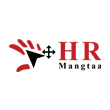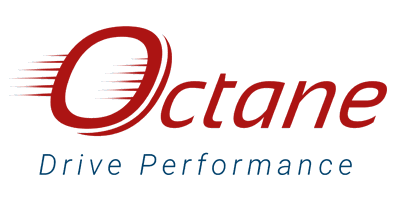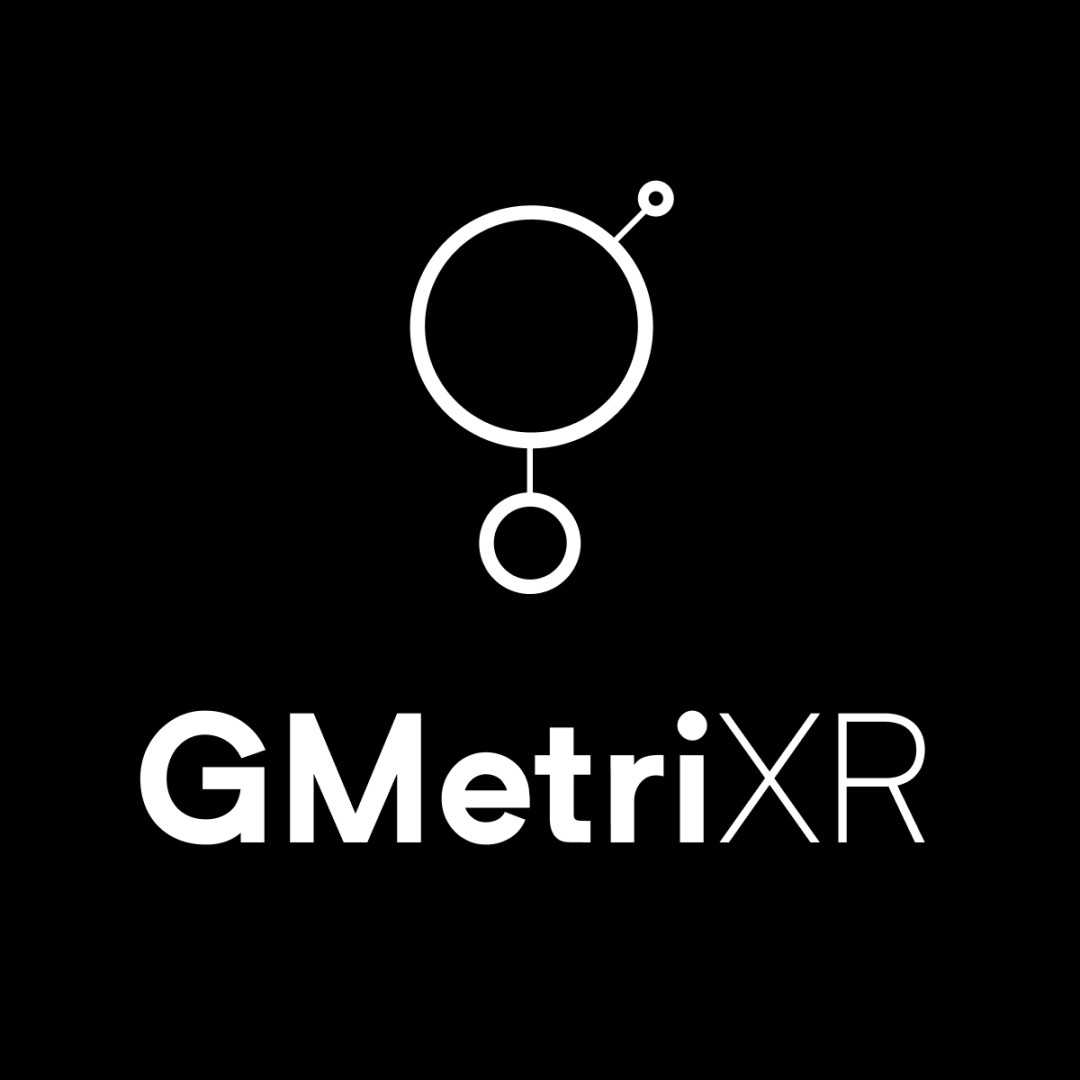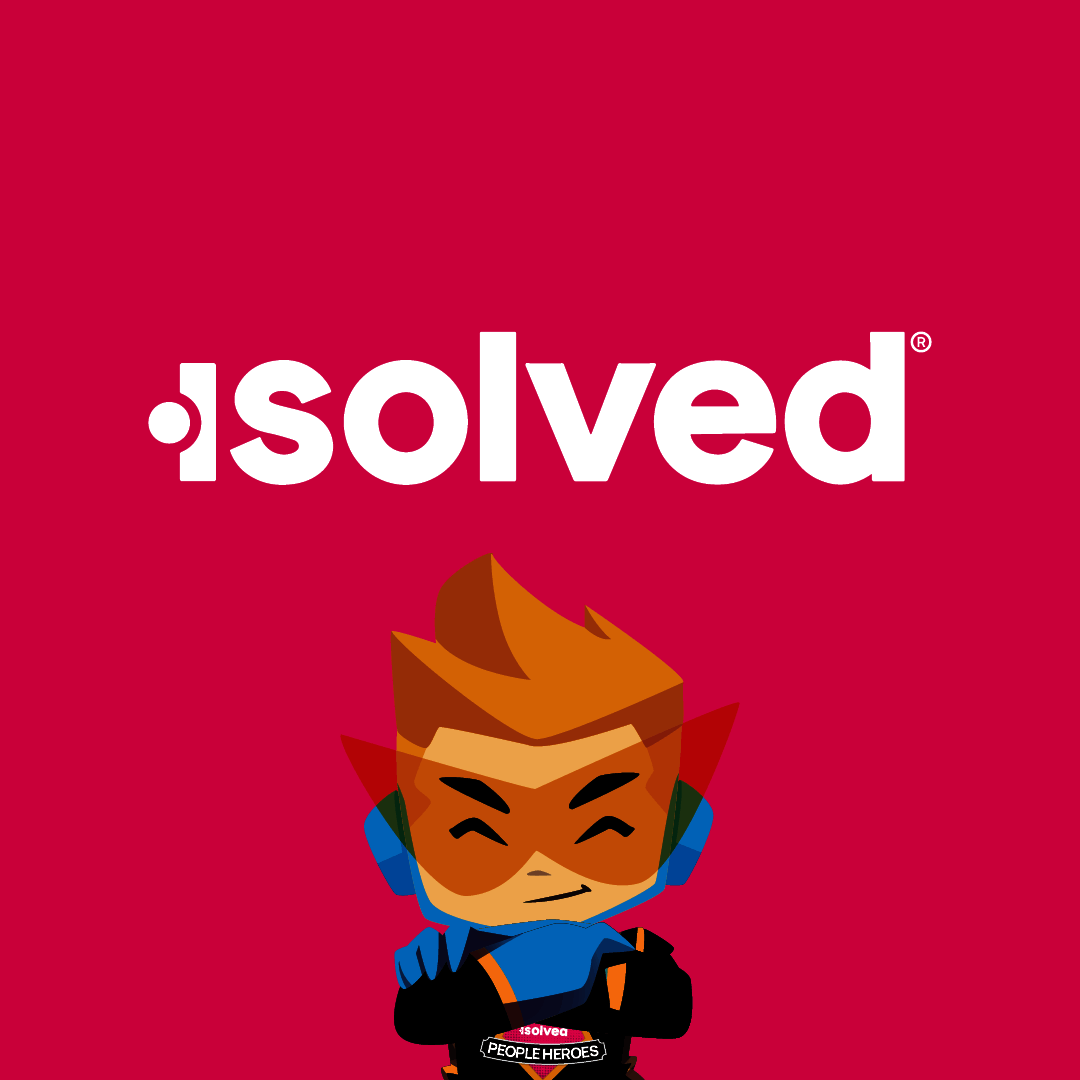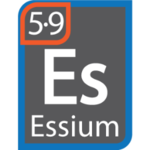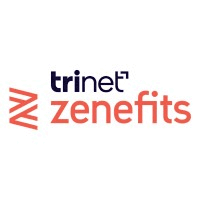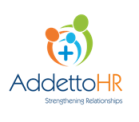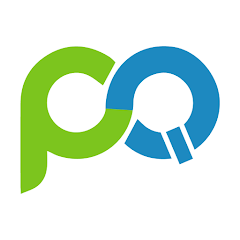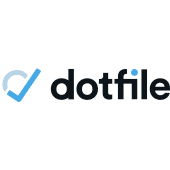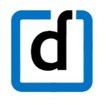What Is Employee Onboarding Software?
A digital application called employee onboarding software is made to automate and expedite the process of onboarding new hires into a company. It serves as a link between recruiting and assimilating into the business culture, making it an essential part of the hiring and orientation process. To guarantee a smooth and effective experience for the new hire and the employer, our software carefully plans and monitors all of the crucial onboarding activities, including documentation, training, and compliance.
The capacity of employee onboarding software to standardize processes and centralize data is one of its primary characteristics. This ensures that all employees, regardless of department or location, go through the same onboarding procedure and does away with the need for paperwork and manual data entry. This results in information that is accurate and consistent, giving prospective personnel a good first impression.
Additionally, onboarding software provides an interactive and configurable platform for onboarding activities, enabling HR departments to customize the procedure and enhance the new hires' experience. Additionally, it offers a safe portal via which workers may always access information they need, including job-specific training, benefits, and business policies.
This software has features that make it easier to comply with legal and regulatory standards while also expediting onboarding tasks. To ensure that the company complies with labor laws and regulations, for example, it can automate the completion and filing of required forms and papers. The reporting and analytics features of employee onboarding software are yet another important benefit.
It provides HR managers with useful insights to evaluate the efficacy of their onboarding procedure and make the required adjustments by producing real-time data and analytics on the status of an employee's onboarding.
What Are The Recent Trends In Employee Onboarding Software?
In today's cutthroat economy, employee onboarding software has become a vital tool for companies. For both the company and the new hire, it expedites the onboarding process, increasing its effectiveness and efficiency. Employee onboarding software trends follow technological advancements.
1. Automated Onboarding: With the development of automation and artificial intelligence (AI), employee onboarding software now provides automated procedures for actions including data entry, document gathering, and updating employee information. In addition to lowering human error, this helps HR teams save time and effort.
2. Mobile Compatibility: Having onboarding software that is mobile-compatible has become essential as more and more workers work from home or use their own devices for work. This makes the onboarding process quick and accessible for all parties by enabling employees to finish it from their cellphones or tablets.
3. Personalization: Depending on the job and department of the employee, employee onboarding software now provides personalization choices including bespoke tasks, welcome greetings, and training curricula. For new hires, this results in a more interesting and customized onboarding process.
4. Social Onboarding: Social media has grown to be a well-liked medium for networking and hiring, in addition to being a place to connect with friends. Social features like discussion boards, employee social networks, and company news feeds are now incorporated into employee onboarding software to help new hires interact with their coworkers and feel like they belong right away.
5. Training And Engagement: Software for employee onboarding has advanced beyond simple documentation and orientation. It now has tools and training modules to engage new staff and increase their productivity. For a seamless transfer into their new roles, this could involve interactive films, tests, and progress monitoring.
6. Data Analytics: Data is essential to any software. HR organizations can now access data analytics capabilities through employee onboarding software, which gives them insights into employee engagement, retention rates, and the onboarding process. HR managers can use this information to pinpoint areas that need work and make informed choices to streamline the onboarding procedure.
Benefits Of Using Employee Onboarding Software
Since it lays the groundwork for a new hire's success and job happiness, employee onboarding is an essential procedure for any business. Traditional onboarding techniques, however, can be laborious, ineffective, and prone to mistakes. This is where software for employee onboarding enters the picture, providing a quick and automated way to onboard new hires.
1. Streamlined Process: The ability of employee onboarding software to streamline the entire onboarding process is one of its main advantages. HR personnel can reduce the time and effort required to manually manage the onboarding process by implementing automated workflows, assignments, and reminders. Additionally, this guarantees that no important procedures are overlooked, resulting in a smooth and effective onboarding process for the new hires.
2. Improved Communication: New hires benefit greatly from effective communication throughout the onboarding process since it clarifies the company's culture, procedures, and expectations for their work. Improved communication between managers, new hires, and the HR department is made possible with employee onboarding software. With the help of tools like real-time messaging and virtual onboarding meetings, new hires can feel more a part of the company and receive prompt answers to their queries.
3. Increased Employee Engagement: Since it establishes the tone for their whole time with the organization, the onboarding process is essential for increasing employee engagement. Training materials, gamification components, and interactive onboarding portals are just a few of the things that employee onboarding software provides to make the process fun and interesting. Higher staff retention and satisfaction follow from this.
4. Compliance And Security: When it comes to onboarding new hires, compliance and security are non-negotiable, particularly in sectors like healthcare and banking. Software for employee onboarding provides tools to guarantee adherence to legal requirements, data security, and documentation. Additionally, it lowers the chance of data breaches by offering a safe platform for exchanging and storing private data.
5. Analytics And Reporting: The availability of data and analytics is a key benefit of utilizing employee onboarding software. HR departments can utilize this information to monitor the onboarding process's development, spot any bottlenecks, and enhance subsequent onboarding procedures. It also offers insightful information on how well the new hires fit into the corporate culture and how engaged they are.
Important Factors To Consider While Purchasing Employee Onboarding Software?
Before making a purchase, there are a few important things to think about when selecting the best employee onboarding software for your company. Ultimately, this software will be essential to expediting your onboarding procedure and guaranteeing a satisfying experience for both your HR staff and new hires. Here are some crucial considerations to make before investing in employee onboarding software to assist you in making an informed choice:
1. User-Friendly Interface: It should be simple to navigate and comprehend the software's user interface. In addition to saving your HR team time, this will facilitate the onboarding process for new hires.
2. Customization Options: Every company has different criteria and processes for onboarding. Seek software with customizable features, like the opportunity to integrate your company's branding and alter the onboarding procedures to suit your requirements.
3. Integration Capabilities: Your application tracking system or HRIS, among other HR systems, should be able to interface with your employee onboarding program. This will guarantee a smooth data flow and lower the possibility of mistakes.
4. Mobile-Friendly: It is essential to have onboarding software that is mobile-friendly because more workers are working remotely or while on the road. This will enable new hires to finish their onboarding assignments whenever they want, from any device, and from any location.
5. Compliance Features: An essential component of the onboarding procedure is adherence to legal requirements. Verify that the software you select has features like document management and e-signature capabilities that guarantee legal compliance.
6. Analytics And Reporting: The software should be able to offer analytics and reporting so you can monitor how well your onboarding procedure is working. This will assist you in making data-driven decisions and pinpointing areas that want development.
7. Service And Training: Learn about the software provider's customer service and training offerings before making a purchase. Any problems or inquiries that may come up while using the software can be handled by a dependable and accommodating support staff. When buying employee onboarding software, you can make an informed choice by taking these crucial elements into account. Before making a choice, don't be scared to ask for a software demo or trial and keep in mind your unique business requirements and financial constraints. You can improve your onboarding procedure and position your new hires for success with the correct software.
What Are The Key Features To Look For In Employee Onboarding Software?
There are a few important factors to take into account when choosing the finest employee onboarding software for your company. The following are the most important characteristics to consider when making your choice:
1. User-Friendly Interface: Any software, including employee onboarding software, must have an intuitive user interface. Choose a system that is simple to use and comprehend so that new hires and your HR staff can get started without any help or additional training.
2. Customization Choices: Every company has different requirements and onboarding procedures. As a result, selecting a system with adjustable features is essential. Seek out software that lets you customize onboarding procedures, forms, and documentation to meet the unique requirements of your business.
3. Automated Chores: Data collection, document signing, and reminders are just a few of the repetitive chores that come with onboarding. Seek out software that streamlines the onboarding process for new hires and saves your HR staff time and effort by automating these procedures.
4. Integrations: Your current HR systems, including payroll and performance management software, should be able to easily link with your employee onboarding software. By doing away with the necessity for manual data entry, this will guarantee a smooth information flow and lower the possibility of errors.
5. Compliance And Security: It is essential for any firm to adhere to legal requirements and protect sensitive employee data. Seek software that provides safe storage and access to employee data while adhering to data protection regulations.
6. Onboarding Analytics: You can find areas for improvement in your onboarding process by using data analytics, which offer insightful information. To monitor the effectiveness of your onboarding campaign, pick software that offers reporting capabilities like time-to-productivity, retention rates, and completion rates.
7. Mobile Compatibility: Having a mobile-friendly onboarding solution is essential in today's remote and mobile workforce. To allow your new hires to finish onboarding activities while on the go, look for software that has a responsive design or a mobile app. When comparing various employee onboarding software alternatives, keep these important aspects in mind and select the one that best suits the requirements of your company. You can increase employee engagement, expedite the onboarding process, and ultimately position your new workers for success with the correct onboarding software.
Why Do Businesses Need Employee Onboarding Software?
Since it establishes the tone for the employee's experience and productivity within the organization, employee onboarding is an essential procedure for any firm. It entails acquainting new hires with the culture, team dynamics, policies, and procedures of the company. However, manuals and paper forms are examples of old onboarding approaches that can be laborious, time-consuming, and prone to human mistake. Software for staff onboarding is useful in this situation.
1. Saves Time And Resources: Employers can bid adieu to laborious paperwork, tedious data input, and follow-up emails by implementing employee onboarding software. All required paperwork, papers, and duties are consolidated by the program into a single digital platform that is accessible at any time and from any location. As a result, onboarding takes a lot less time and money, freeing up HR personnel to work on more strategic projects.
2. Ensures Compliance: A lot of documentation is involved in onboarding, including tax forms and employment contracts, and it is essential to make sure that all of it is accurate and comprehensive. By offering automated templates, pre-fillable forms, and integrated validation, employee onboarding software reduces the possibility of mistakes and inadequate documentation. This reduces the possibility of fines and penalties and guarantees adherence to legal and regulatory standards.
3. Enhances Communication And Engagement: By automating personalized welcome emails, video messages, and interactive assignments, employee onboarding software helps companies to design unique onboarding experiences for new hires. This improves interaction, cooperation, and communication between HR departments and new hires. Additionally, it makes new personnel feel more a part of the organization and inspired to help it succeed.
4. Improves The Onboarding Experience For New Hires: An employee's impression of a new company is greatly influenced by the first few days and weeks of their employment there. By giving new hires all the information, tools, and resources they need to handle their new role and duties, employee onboarding software makes this process easy and interesting. Additionally, it helps individuals familiarize themselves with the values, expectations, and culture of the organization.
5. Promotes A Smooth Transition: Software for employee onboarding guarantees a seamless transition from onboarding to training and development in addition to streamlining the pre-employment procedure. It enables companies to design checklists and onboarding activities that smoothly integrate with performance objectives and training, giving staff members a clear path for advancement within the organization.
How Much Time Is Required To Implement Employee Onboarding Software?
The particular software solution and the requirements of the company determine how long it takes to establish employee onboarding software. On the other hand, the process should take four to eight weeks on average. This covers the time needed to find and choose the best software, as well as to configure and modify it to fit the unique onboarding procedures of your company.
Assessing your company's present procedure and pinpointing areas for enhancement is the first step in putting employee onboarding software into place. Depending on how complicated your onboarding procedure is, this could take one to two weeks. The next step is to find the best software solution for your company by doing some research. This entails contrasting features, costs, and user feedback.
It usually takes one to two weeks to complete this stage. The process of putting the software solution you have chosen into practice can start. This entails tailoring the program to your unique requirements and setting it up to work with the onboarding procedure used by your company. This step may take one to three weeks, depending on the software's capabilities and the intricacy of your onboarding procedure.
It's time to teach your team how to utilize the program once it has been configured and personalized. Depending on the intricacy of the software and the size of your company, this could take one to two weeks. From beginning to end, the implementation process should take approximately four to eight weeks.
It's crucial to remember that this schedule may change depending on the particular requirements and procedures of your company. It's also important to remember that certain software programs could provide services and help for deployment in order to facilitate and expedite the process.
What Is The Level Of Customization Available In Employee Onboarding Software?
With the high degree of customization that employee onboarding software provides, companies can customize the onboarding procedure to meet their unique requirements. Depending on the program, different levels of customization may be provided, but most systems provide a large number of options to make the onboarding process as smooth and unique as possible. The onboarding processes are one of the primary areas where customisation is possible.
These workflows can be created and altered to accommodate the particular onboarding procedure of the business, adding different organizationally relevant actions, documents, and forms. This enables companies to establish a methodical and uniform onboarding procedure for new hires, guaranteeing that all essential stages are done. Employee onboarding software provides branding customisation in addition to workflows.
Companies can add their logo, colors, and other branding components to the onboarding site to give new hires a more unified and polished appearance. In addition to strengthening the company's brand, this degree of personalization makes the onboarding process for new hires more friendly and interesting.
Additionally, bespoke forms and documents can be incorporated to the onboarding process using employee onboarding software. This implies that companies can add their own internal papers to the onboarding process, including training materials, benefits details, and corporate policies. In addition to saving time and effort, this guarantees that staff members are getting the most current and pertinent information.
Customizing onboarding tasks according to an employee's department or job is another feature of certain employee onboarding software. This guarantees that every worker is getting a customized onboarding process that is suited to their unique job duties and specifications.
All things considered, employee onboarding software provides a great degree of customisation, enabling companies to design a distinctive and customized onboarding procedure for their staff members. This guarantees that new recruits feel appreciated and welcomed right away, in addition to expediting the onboarding process.a
Which Industries Can Benefit The Most From Employee Onboarding Software?
Numerous sectors can gain a great deal from employee onboarding software since it makes the process of onboarding new hires easier and positions them for success right away. By handling the administrative duties associated with onboarding, this automated software saves HR professionals a significant amount of time and guarantees a seamless and reliable experience for new hires.
Software for employee onboarding can be quite helpful in sectors like retail, hospitality, and healthcare that have significant staff turnover. It can be difficult to make sure that every new hire gets the education and training they need to be successful in their position when there is a steady influx of new hires. By streamlining this procedure and guaranteeing a consistent experience for all new hires, onboarding software can increase job satisfaction and retention rates.
Employee onboarding software can also be advantageous for sectors like banking and finance that need specific training or compliance. To make sure that new workers are knowledgeable about corporate policies and industry standards, the software can be tailored to contain particular training modules and track completion. This saves the business time and money in addition to lowering the risk of non-compliance.
Employee onboarding software can also be quite helpful for sectors like technology and consultancy that have a lot of remote or scattered personnel. It can be difficult to give these workers the tools and information they need for a seamless onboarding process because they are not physically present in the office.
Regardless of the employee's location, onboarding software streamlines and expedites this procedure. Lastly, employee onboarding software is especially advantageous for sectors like manufacturing and construction that have intricate organizational structures. Making sure that new personnel comprehend the organization's hierarchy and reporting structure is essential in these sectors. This procedure can be automated with onboarding software, giving new hires a comprehensive grasp of their roles and duties within the company.
Conclusion
In summary, a successful onboarding process depends on selecting the appropriate employee onboarding software. Making a decision might be difficult due to the abundance of options accessible. You can, however, make an informed choice by carefully weighing the requirements and objectives of your company and carefully investigating various software features, costs, and user evaluations.
Look for important features like automation capabilities, compliance management, configurable workflows, and integrations with your current HR systems when comparing various software packages. Take into account the provider's degree of training and support as well. In the end, spending money on high-quality onboarding software can significantly enhance the experience of your new workers, increase output, and raise retention rates.
It not only centralizes and expedites the onboarding process, but it also establishes a productive and stimulating workplace culture. Don't forget to include future expansion and scalability in your decision-making process. Additionally, don't hesitate to ask any questions you may have or to request a demo from the software provider's sales staff. You may choose the ideal employee onboarding software for your company's requirements with confidence if you do your homework and give it great thought.

